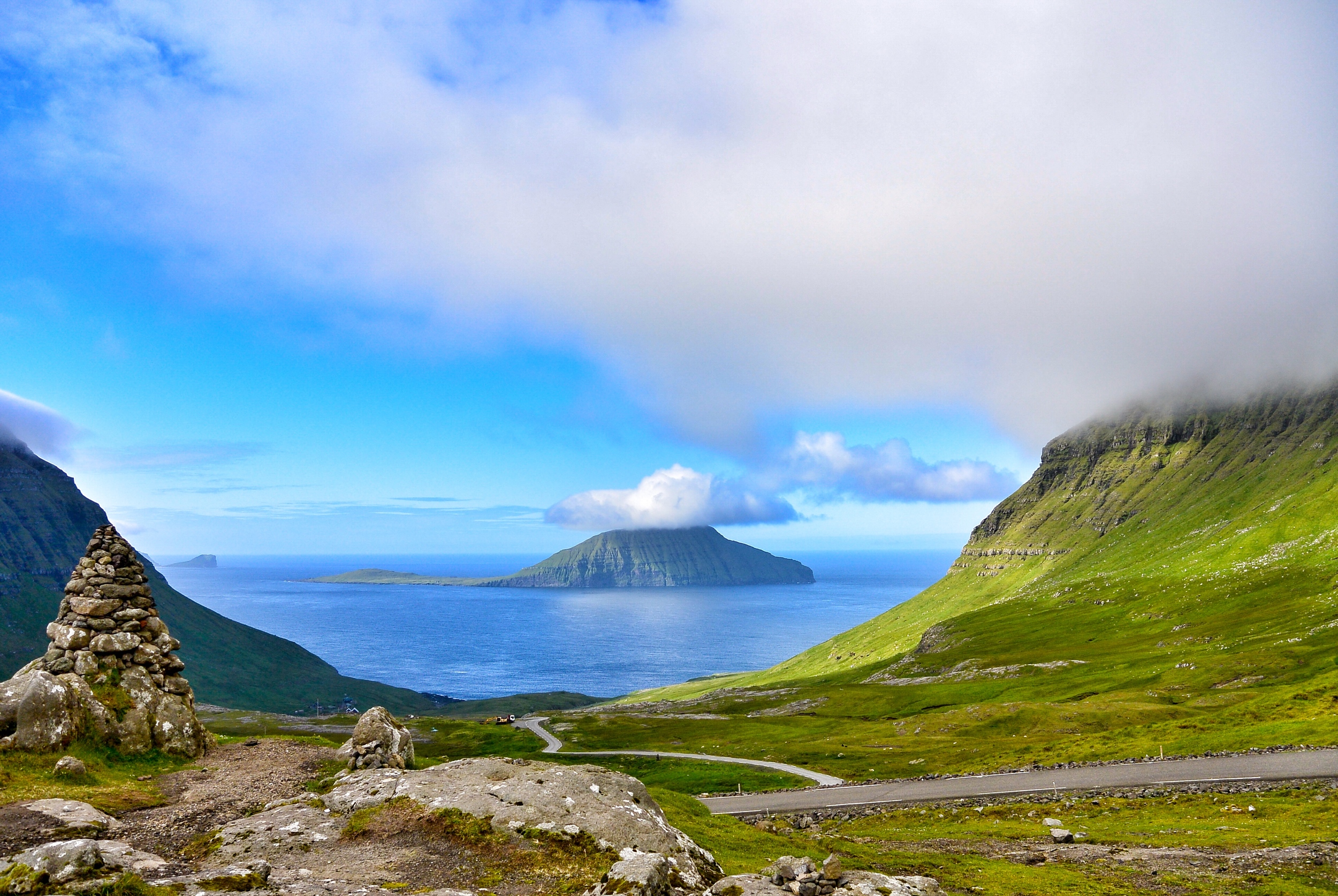The Faroe Islands Whale Hunt in Perspective
The Faroe Islands have been on my mind a lot lately.
One of the most beautiful and enthralling destinations I visited last year, this eighteen-island archipelago in the North Atlantic Ocean is marketed as one of the last unspoiled places on our planet, and rightly so. The Faroe Islands truly feel like the glorious ends of the Earth.
With the tourism industry picking up steam, these islands are quickly becoming better known among photography enthusiasts, bird watchers, and curious travelers. The rise in popularity and awareness also means the country is facing more scrutiny over their pilot whale hunt.
A quick Google search for the Faroe Islands will bring up numerous sensationalized articles showcasing horrific photos of dead whales lined up on rocky beaches, coves stained blood red from the hunt, and burly men smeared with animal blood looking like fierce Viking warriors.
Animal rights activists have been flocking to the islands each year in an effort to disrupt and stop the whale hunt, or grindadráp, ensuring the Faroe Islands remain a hot topic in the news.
Despite the shocking stories and graphic images floating around online, there seems to be a lot of misunderstanding and propaganda when it comes to the whale hunt, a tradition considered to be a vital part of Faroese heritage.
A treeless and windswept nation, only two percent of the land on the Faroe Islands is able to sustain and grow crops. Since the early Norse settlers arrived over a thousands year ago, the islands have had to supply food for themselves, relying primarily on the fruits of the sea, as well as nesting seabirds such as puffins, skuas, and storm petrels.
For centuries, whale meat and blubber has made up an essential part of their diet.
The Faroese do not actively hunt pilot whales year round; they kill them when the whales are discovered close to the islands and are near enough to drive into shallow bays and coves.
The hunt is organized on a community level and is non-commercial, meaning the meat is not exported, but distributed among the entire community for private consumption. Anyone who has a special training certificate on slaughtering a pilot whale can participate.
Traditionally, the men hunt and kill the whales, while the women take on the responsibility of handling the meat afterwards. And, unlike many online articles falsely portraying the Faroese as bloodthirsty savages, the locals are modern, friendly and open to foreigners, eager to show off their unique island home and answer questions from visitors.
The Faroese authorities regulate the grindadráp to ensure the animals are killed in a humane manner with the least amount of suffering possible. All aspects of the hunt are detailed in Faroese law, from driving procedures, beaching, killing methods, approved equipment, distribution, and beach clean up.
According to the American Cetacean Society, pilot whales are not considered endangered. The society states "there are likely to be almost a million long-finned pilot whales and at least 200,000 short-finned pilot whales worldwide". With an average of 850 pilots whales killed each year in the Faroe Islands, the hunt takes less than 1% of the total population annually.
In contrast, sharks in our oceans are on a rapid decline due to shark finning, the practice of slicing off a shark’s fin and discarding the rest of the still alive animal back into the ocean where they do not die quickly, instead slowly bleeding out and unable to properly swim.
It’s estimated that each year humans kill over 100 million (!) sharks because of shark finning, throwing whole ecosystems out of balance and making it difficult for shark species to replenish their populations.
Shark fin fishermen continue this practice due to the high monetary value of selling the fins, while the rest of the shark is discarded to preserve space on fishing boats.
Some shark populations have decreased by 60-70% due to shark fishing.
On the other hand, the Faroese kill pilot whales purely as a source of food, with the meat and blubber wholly being used up by the islanders. There is no financial gain, the species is not threatened, and the Faroese continually try to improve the slaughtering methods in order to make them more humane.
Pilot whale meat represents a large portion of the meat consumption in the Faroe Islands, and as such remains economically important. If the islanders were forced to stop hunting whales, they would have to turn to other offerings from the ocean or increased importation of food, which takes its own toll on the environment in many other ways.
Compared to modern slaughterhouses and the mass-produced, factory farmed meats that many of us consume on a regular basis, the whale hunt is actually a far more humane and economical way of sourcing food. However, activist organizations like Sea Shepherd continue to condemn the Faroe Islands for their whale hunt in a completely subjective and uneducated way.
In a world where billions of animals are killed each year for human consumption, both in humane and non-humane ways, focusing attention on a small community like the Faroe Islands, who sustainably hunt less than 1% of a species population, seems entirely out of touch with reality.

